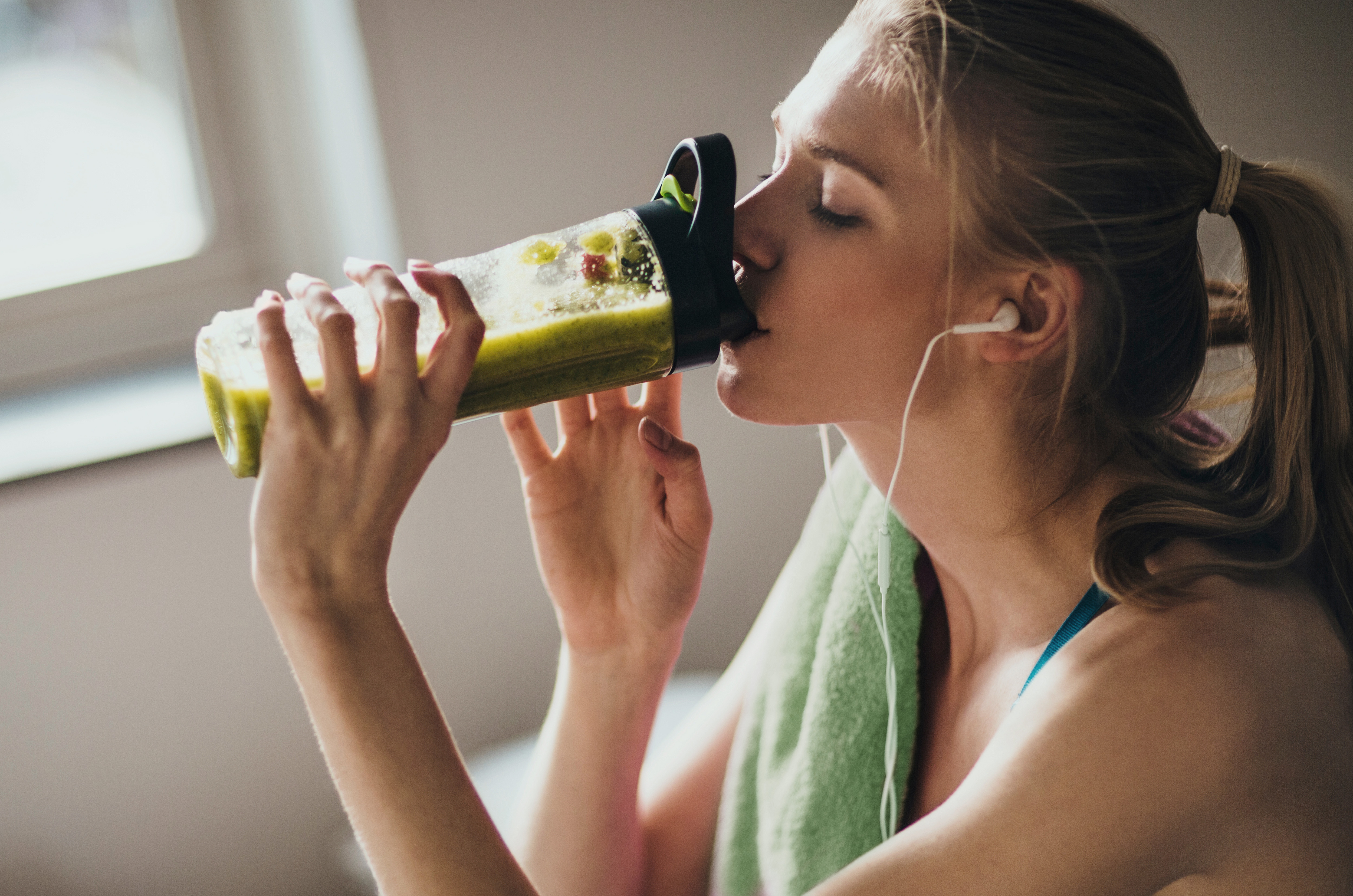
Post Exercise Recovery Strategies
Delayed onset muscle soreness (aka. DOMS) is the pain a person feels after exercise.1 DOMS typically begins 6-12 hours post exercise and gradually increases until peak pain is reached at 48-72 hours.2

Delayed onset muscle soreness (aka. DOMS) is the pain a person feels after exercise.1 DOMS typically begins 6-12 hours post exercise and gradually increases until peak pain is reached at 48-72 hours.2
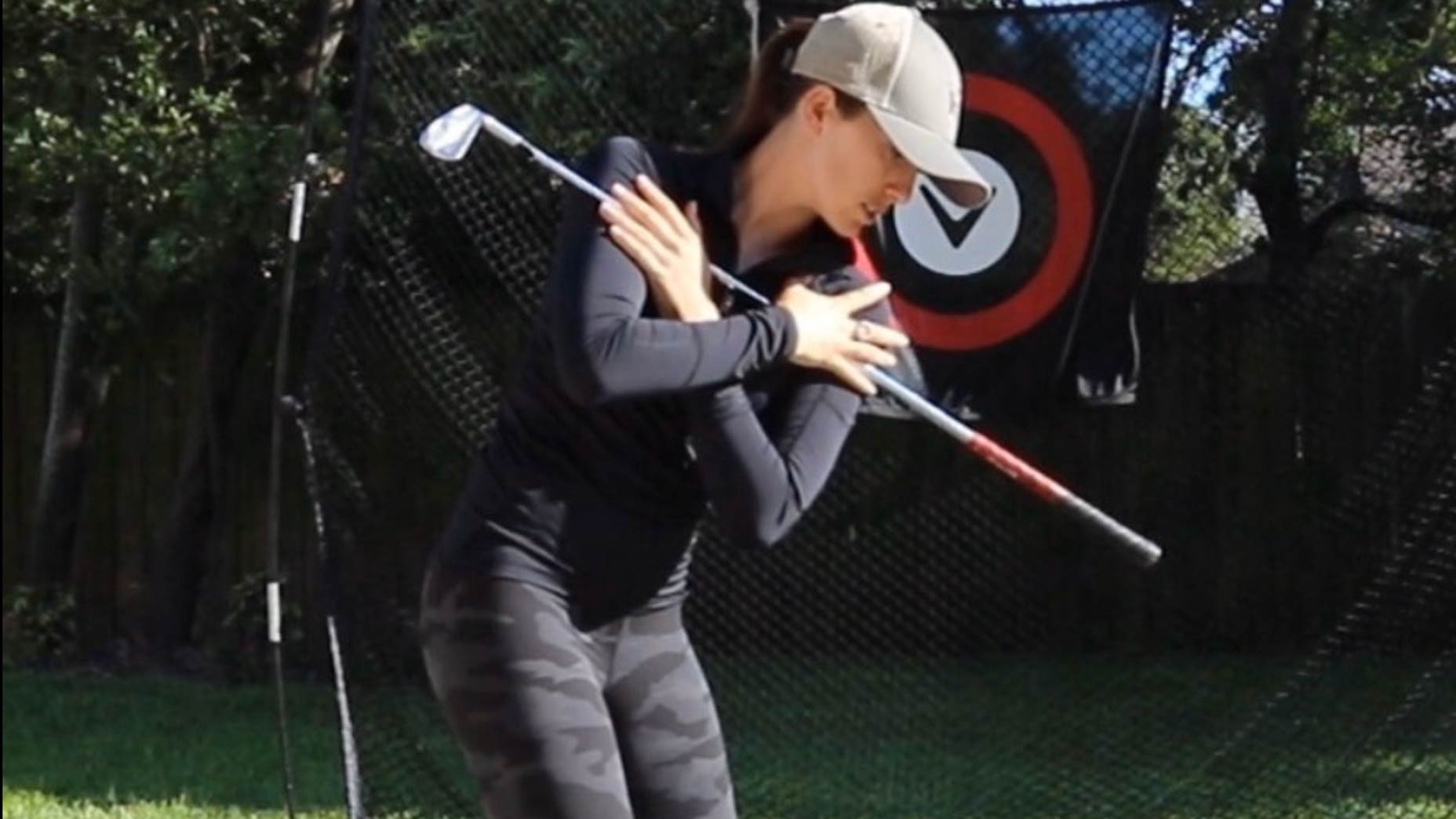
Shoulder stability
Following on from the last article on back mobility the shoulder is the next joint to look at to ensure you get the most out of your golf.
The shoulder is a highly mobile joint, for it to make movements like swinging a golf club, an overhead smash in tennis, swimming or paddling it needs stability to control. The glenohumeral joint (the ball and socket) of the shoulder can be liked to a golf ball on a tee, so for it to work well it needs to be controlled/stabilised in that position, when you move your arm there is an element of roll and slide within the joint to make movement possible and if this is not effective this may lead to pain.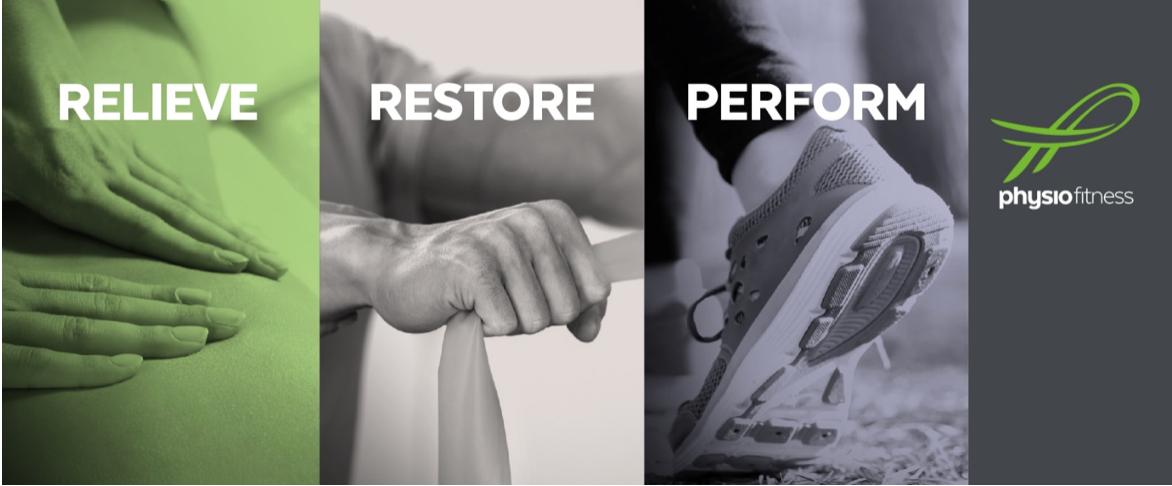
Did you know that your brain loves to save energy. The more you perform a task, the more it becomes automatic and requires very little effort. It becomes part of your subconscious brain or basal ganglia. When you try something new, it requires a lot of thinking and effort. For this you need to use your prefrontal cortex. When you repeat this new behavior over time it again becomes a habit and again this becomes automatic.

It's no hidden secret that we all stretch and get told to do so on a regular basis. But do we know why? Are we actually stretching at the right time or doing the right stretches? It’s time we delved into the evidence behind stretching and answered these questions.
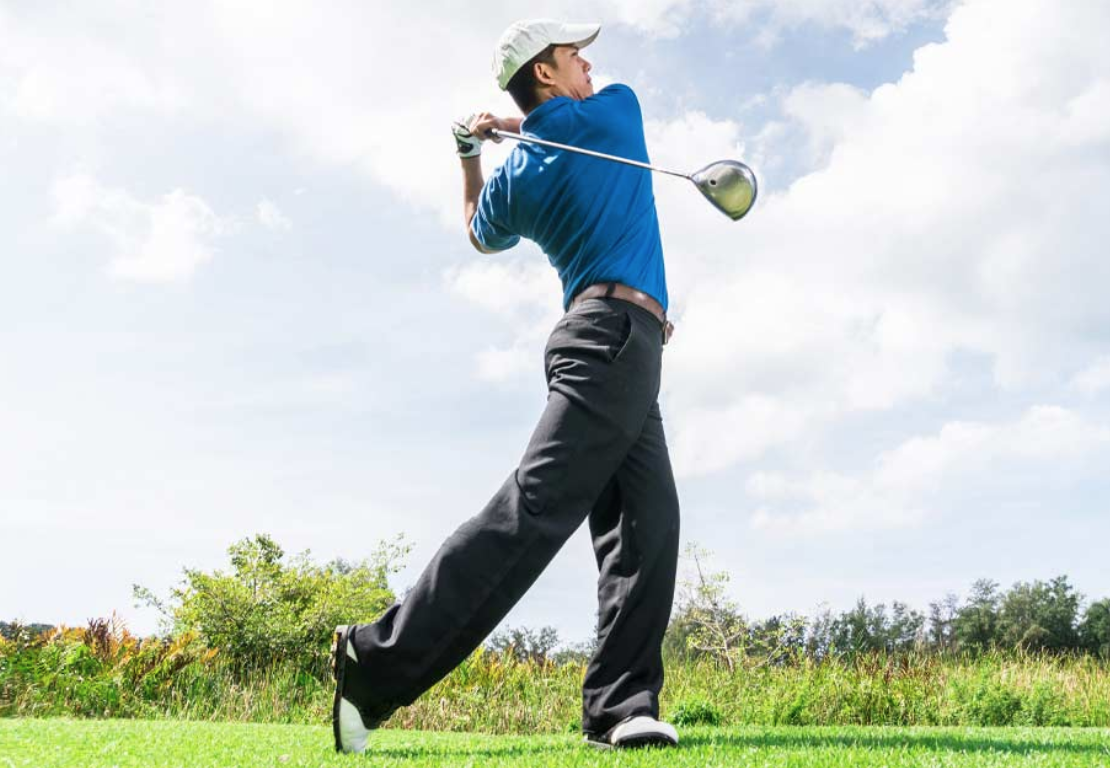
Do you play golf or a sport that requires to rotate through the lumbar spine to generate your movement. Golf particularly involves a lot of rotation through the course of a round and often at high velocity. For the body to rotate effectively through the spine it needs to flex (bend forward) extend (Bend backwards) and side bend to enable the full rotation at the joint, and also requires good strength and stability to make this movement smooth.

As a Physiotherapist I get asked this all the time.
Pilates has become the go-to for all injuries that don’t appear to be improving with Physiotherapy treatment.
Even though I do believe that Pilates has its place in re-habilitation I also feel that people are being pressured into spending a great deal of money on an exercise which may not be the answer to their pain.
I wanted to highlight my views.
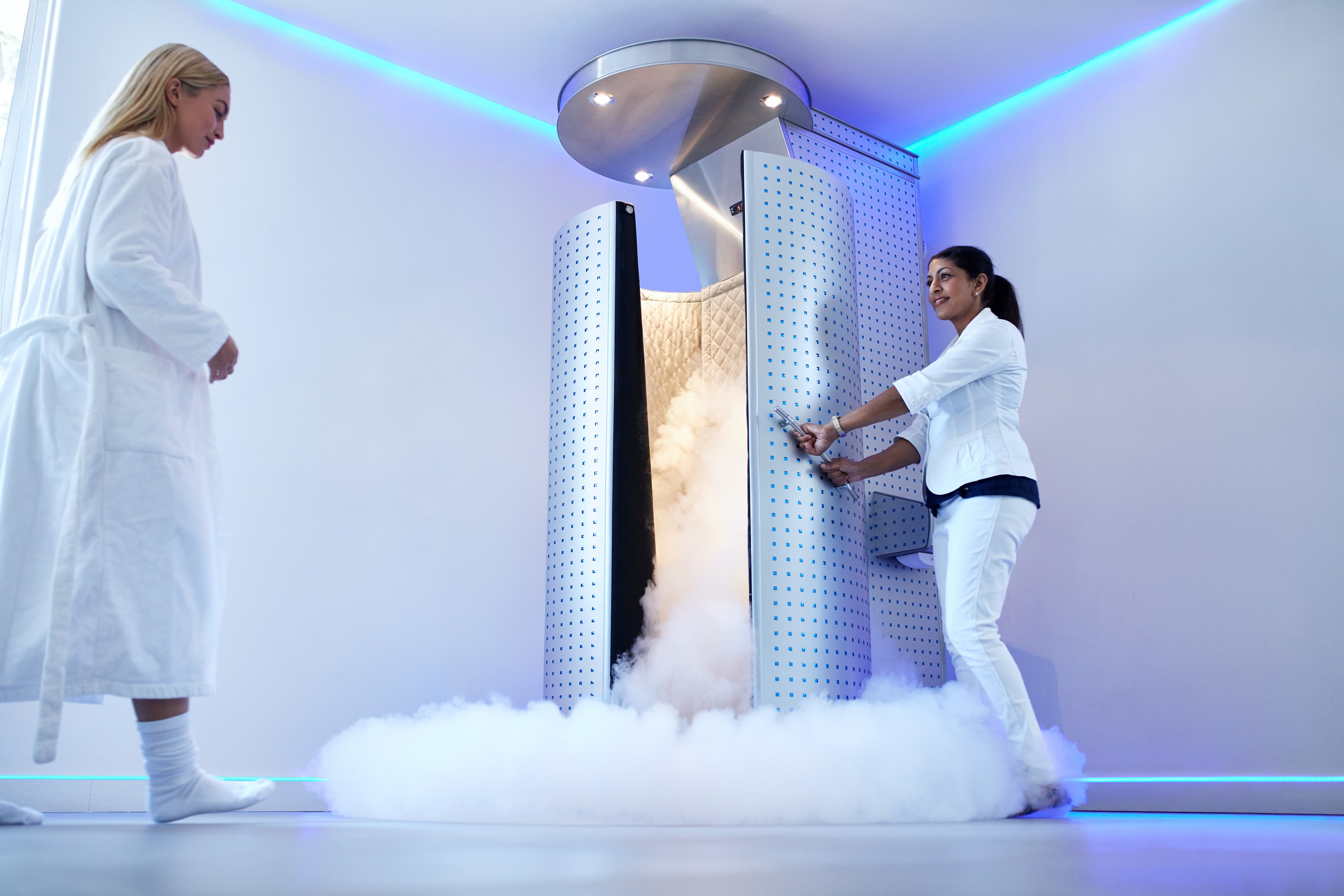
Social media has been marketing it, coaches have started promoting it, athletes have started using it and even Tik-Tok has hopped onto the bandwagon. So now it's time we talk about it. Cryotherapy.

Matt is an experienced Physiotherapist and Sport Scientist with 20 years in exercise rehabilitation in the UK and Perth, Matt’s approach to patient management is holistic, with a passion for whole body movement, understanding how the rest of your body may be impacting your current injury or area of pain.
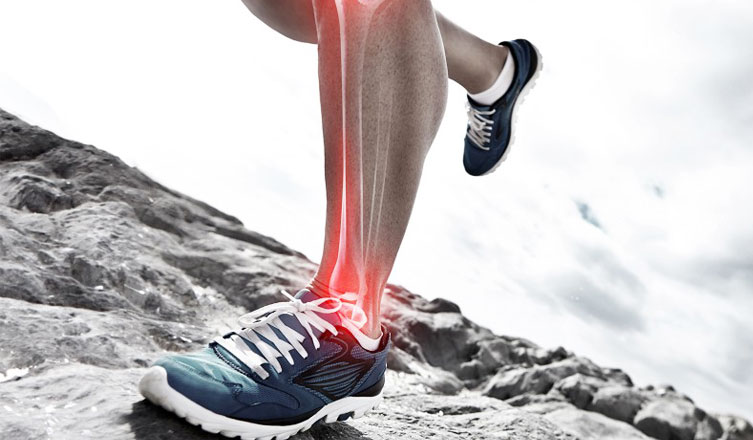
Do your shins throb and ache after your daily run or just sprinting to catch the bus? It could be shin splints.
The cause is stress on your shinbone and the connective tissues that attach muscles to your bones. They get inflamed and painful.
This common problem can result from: